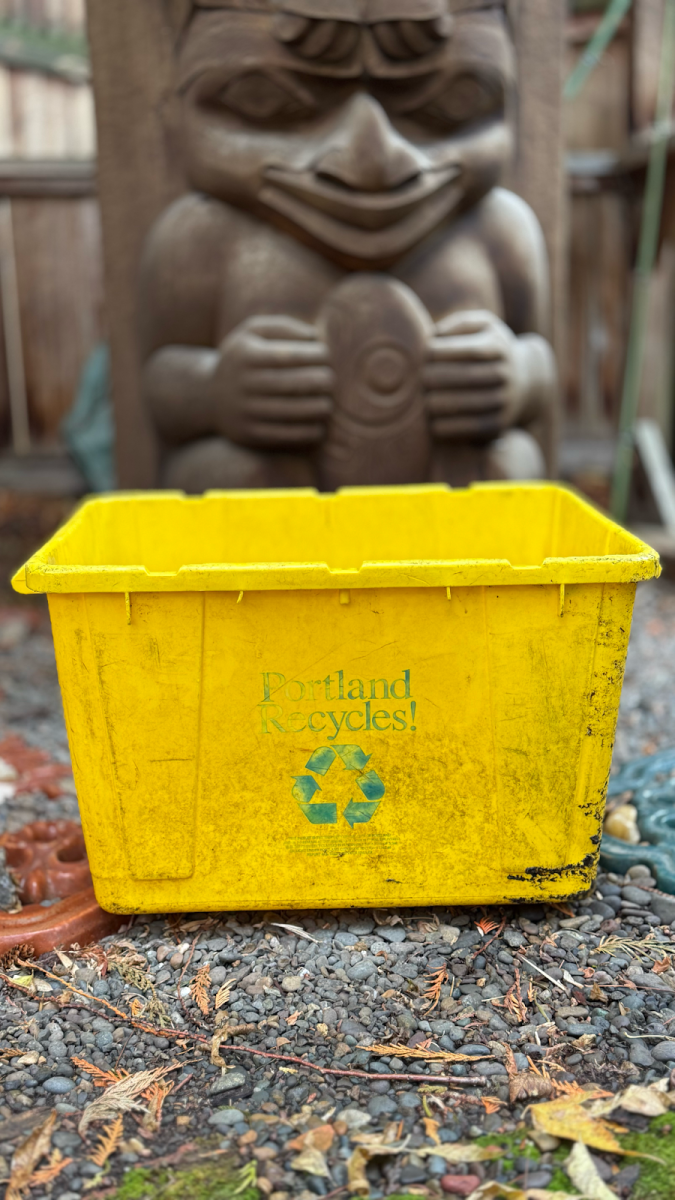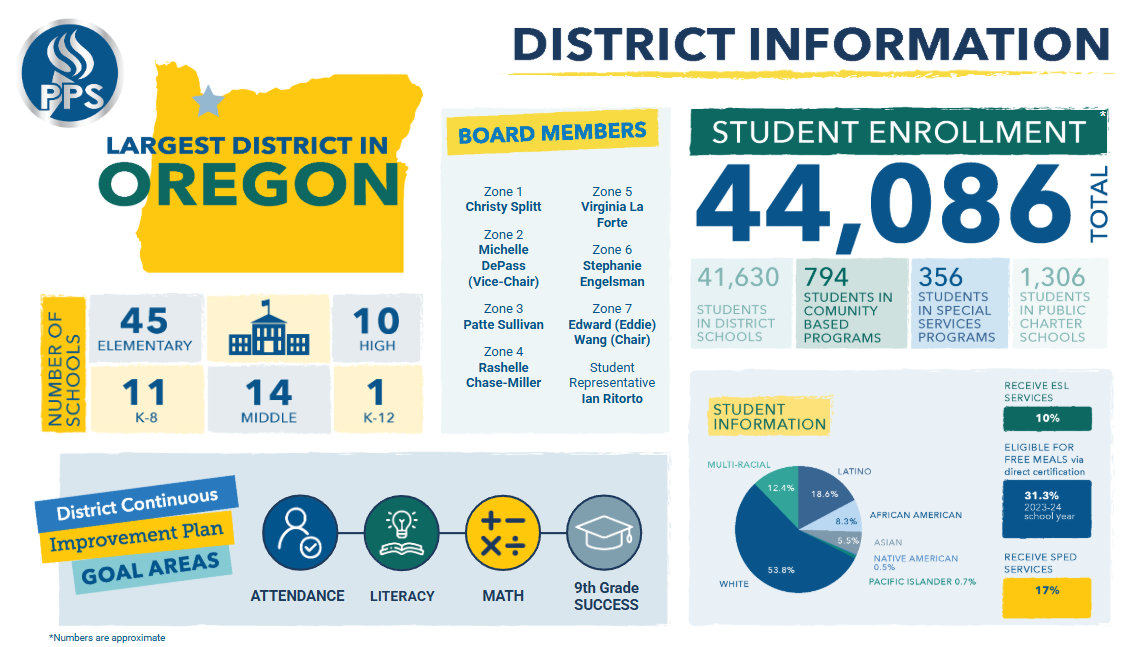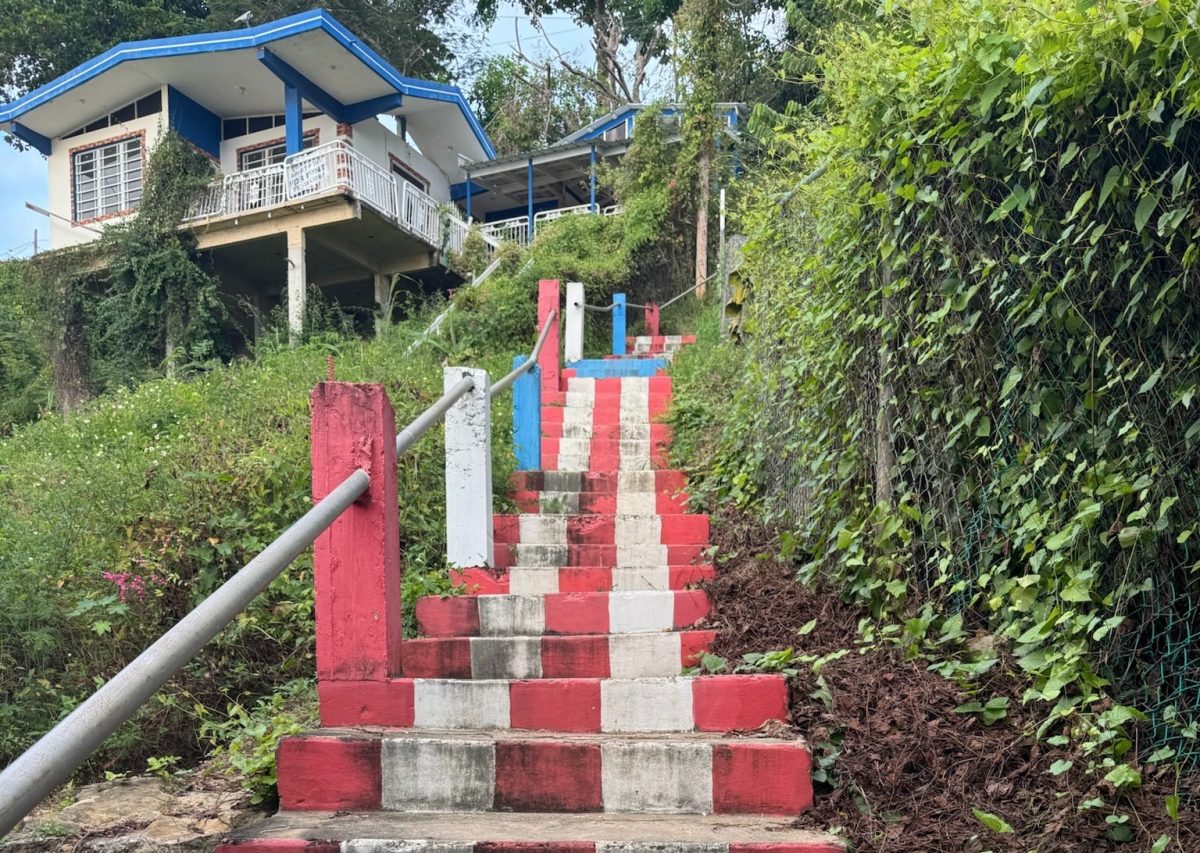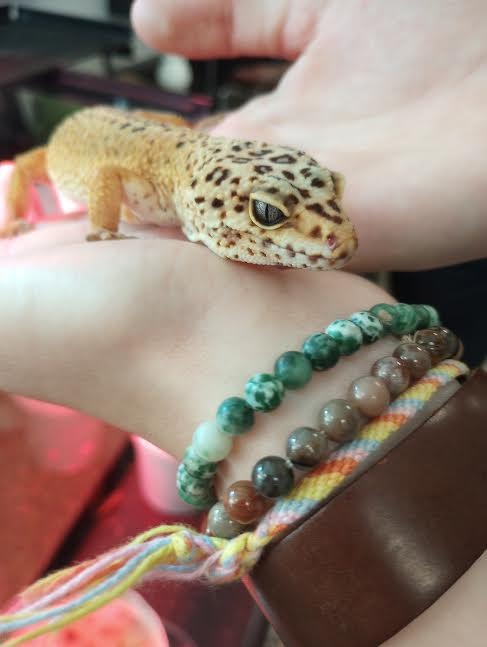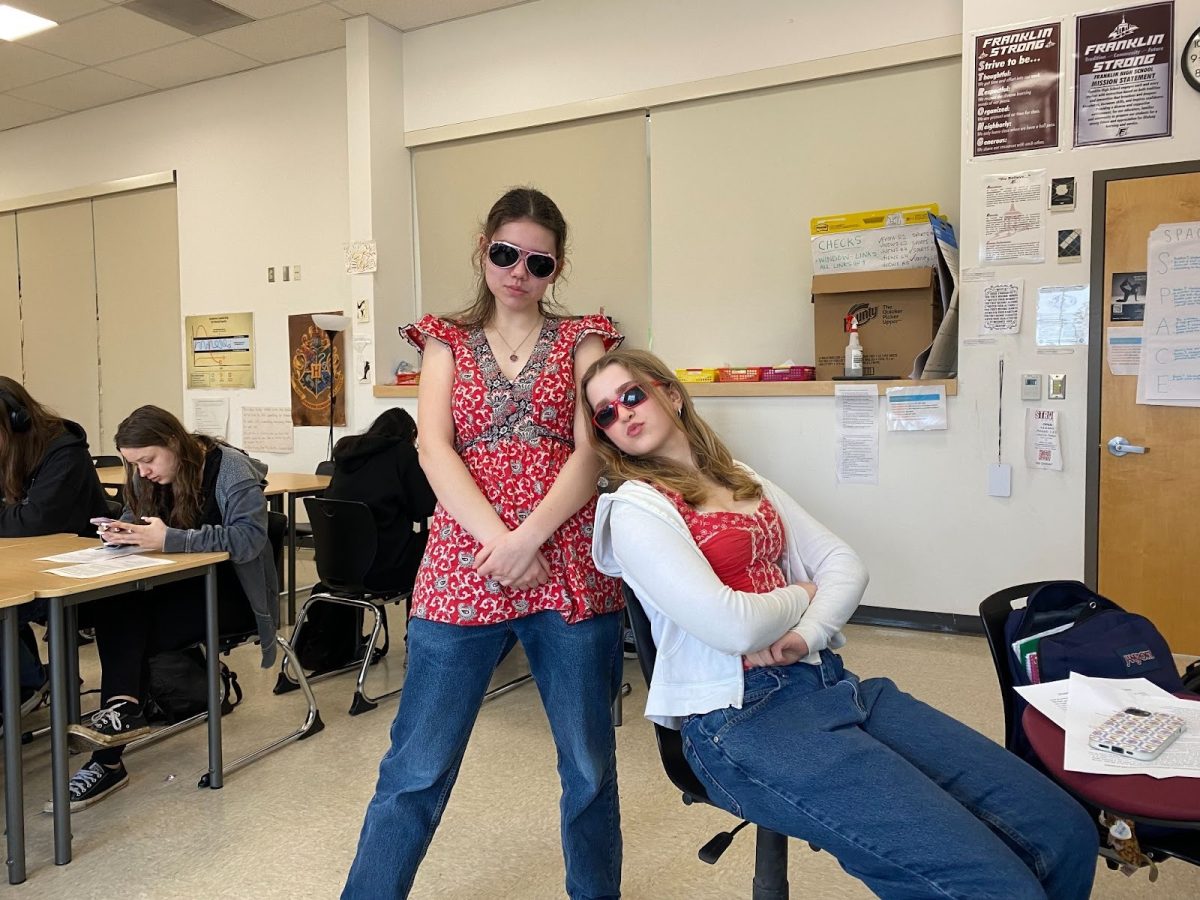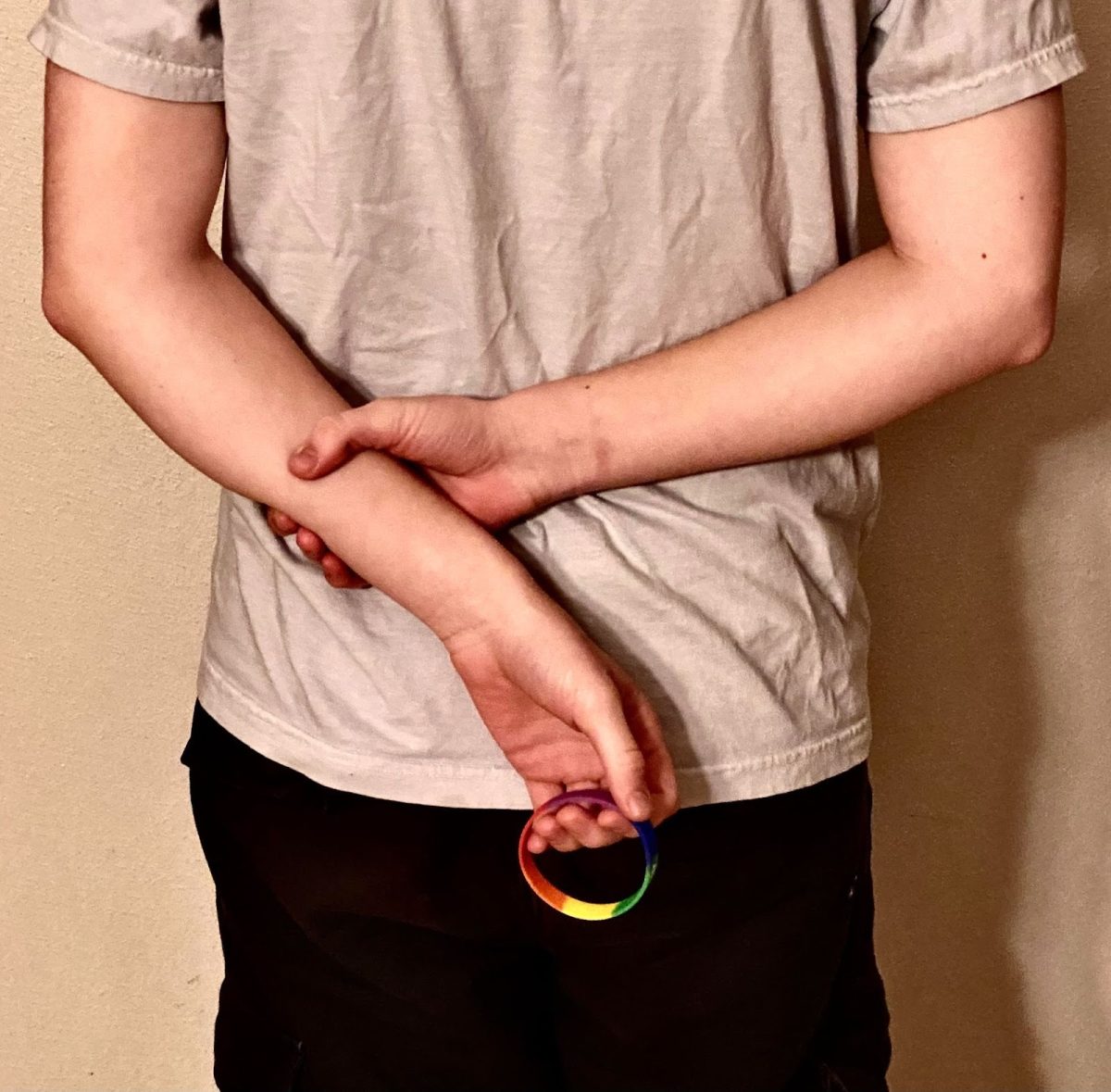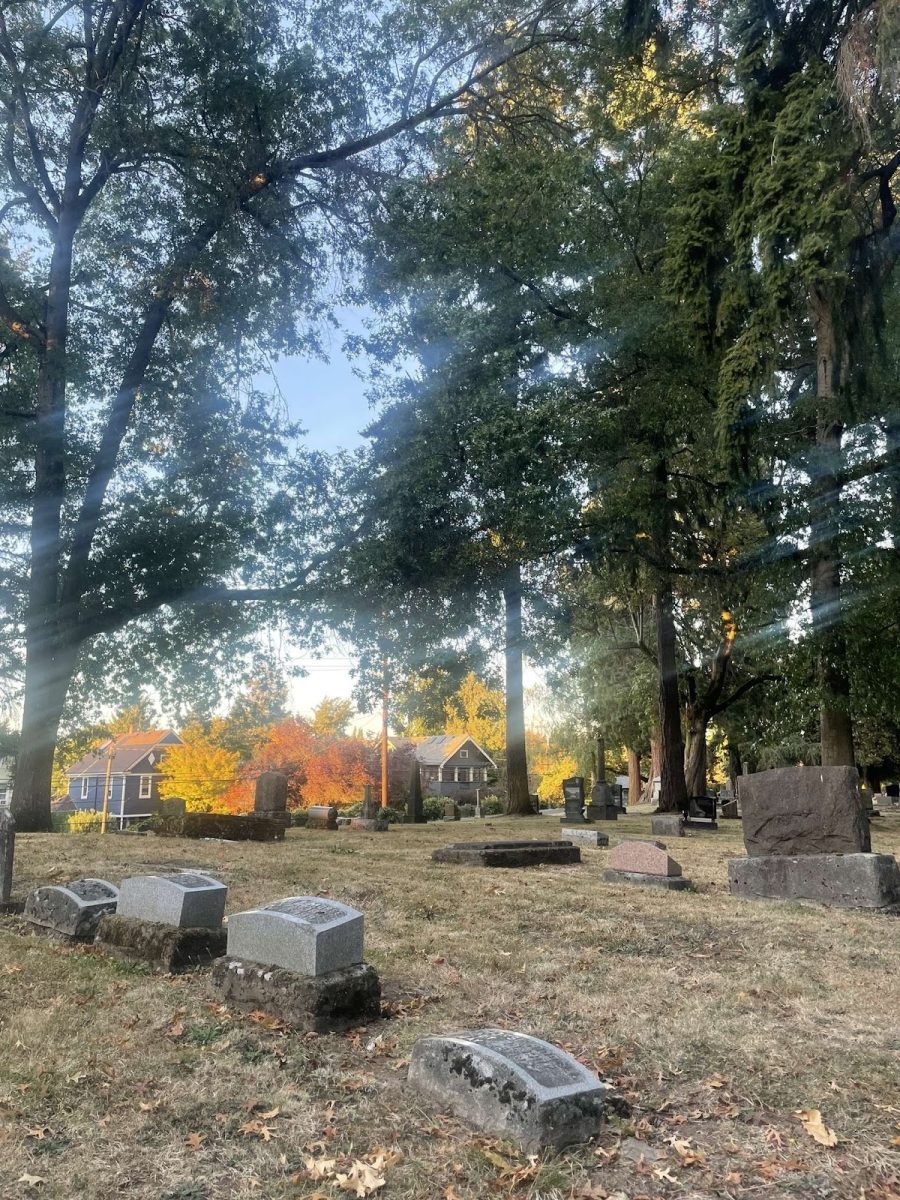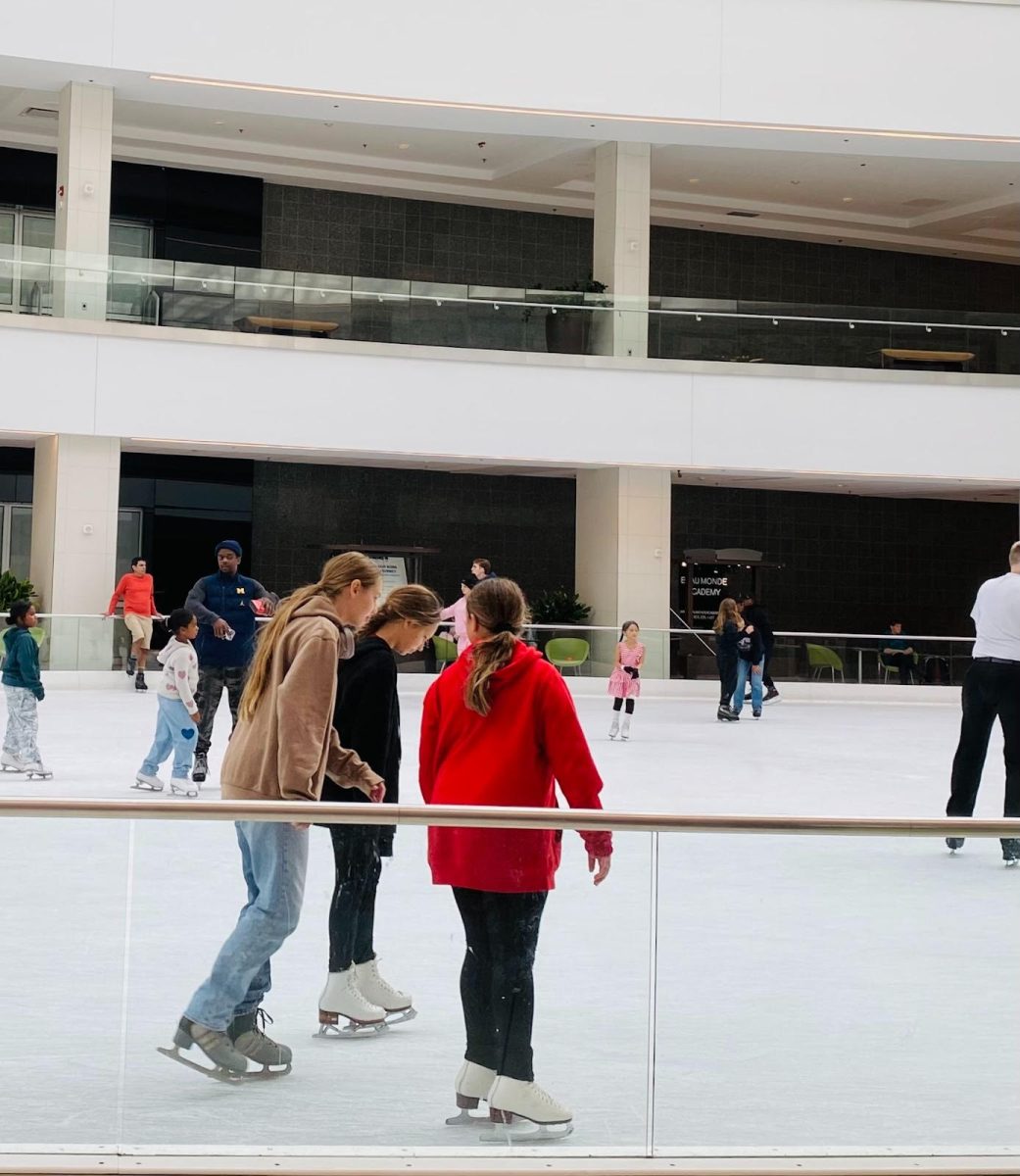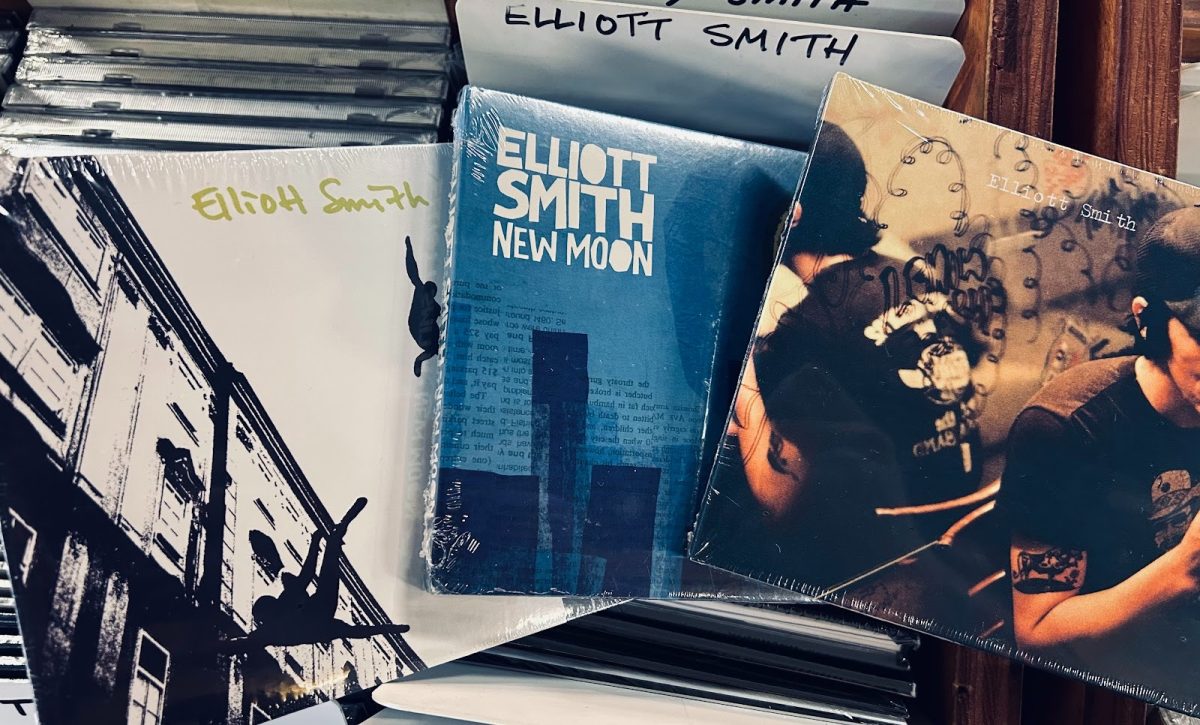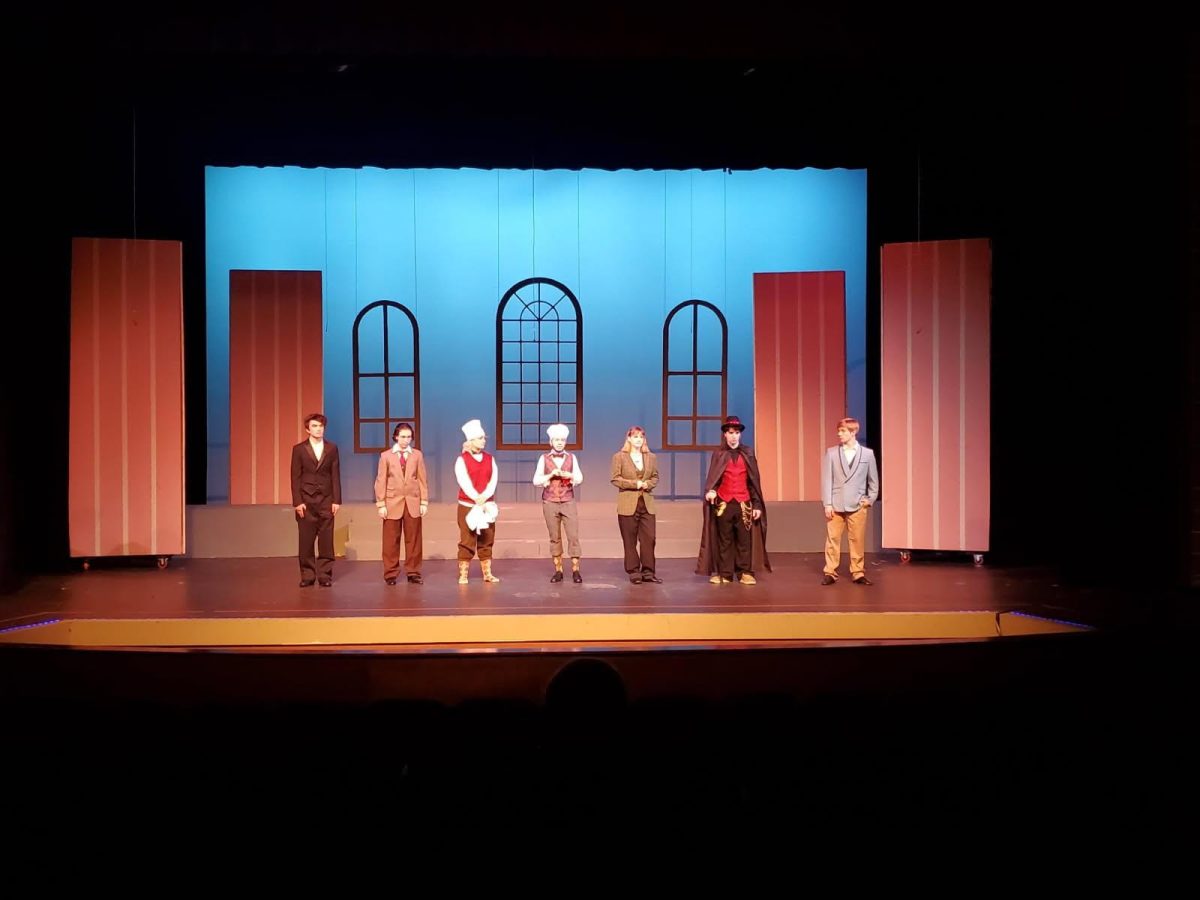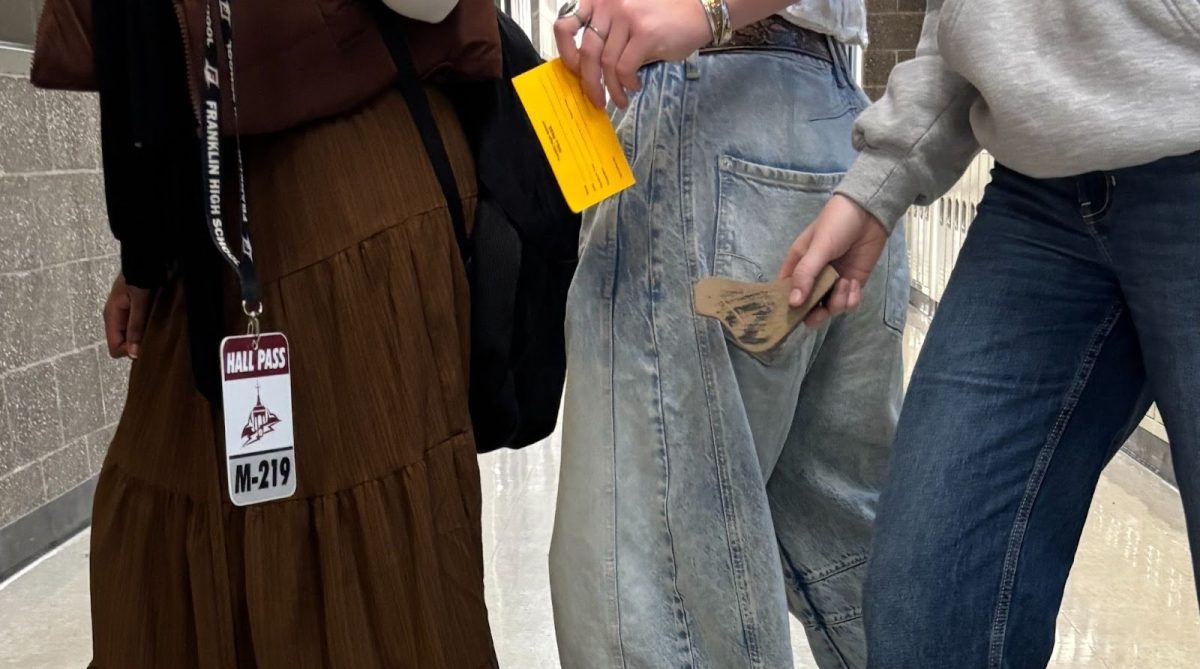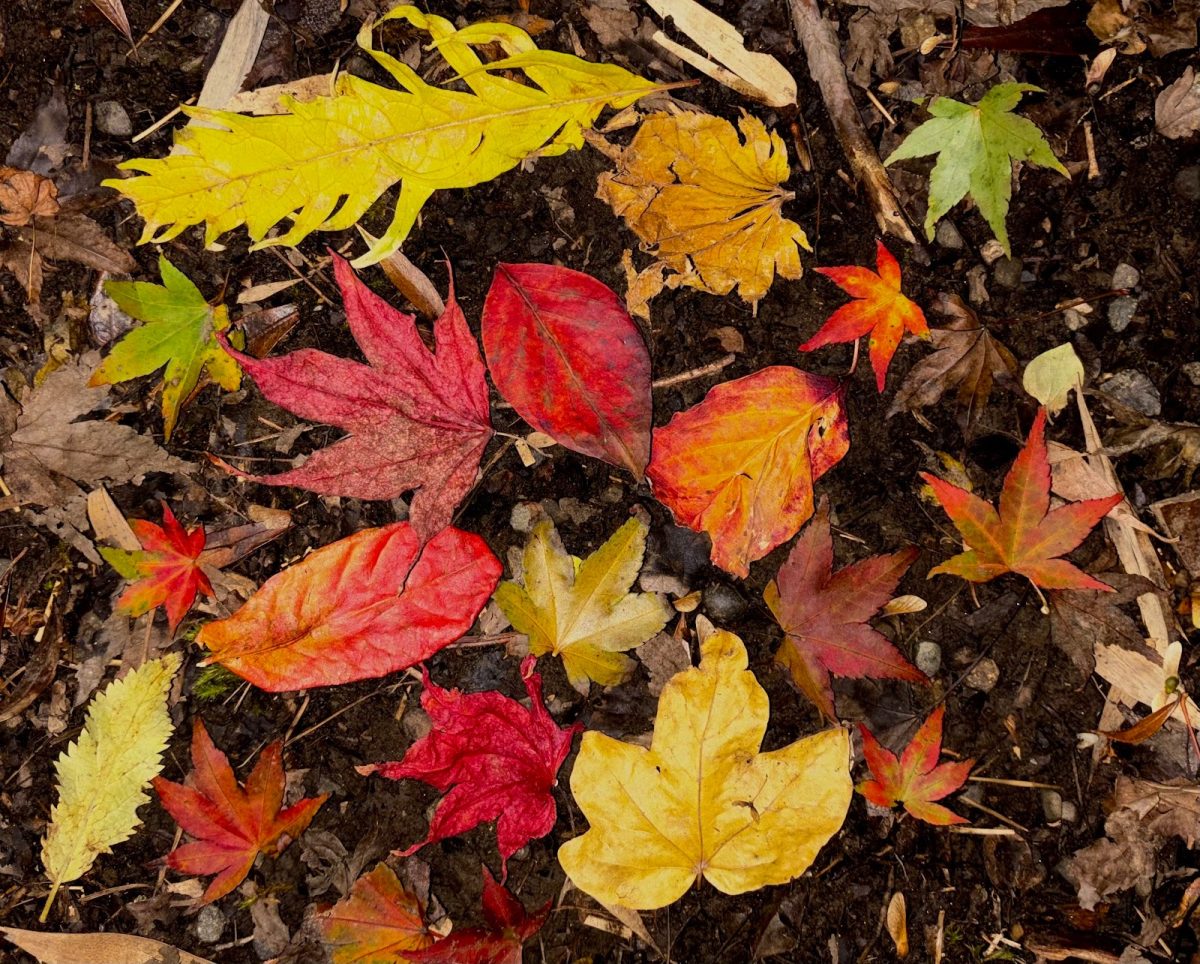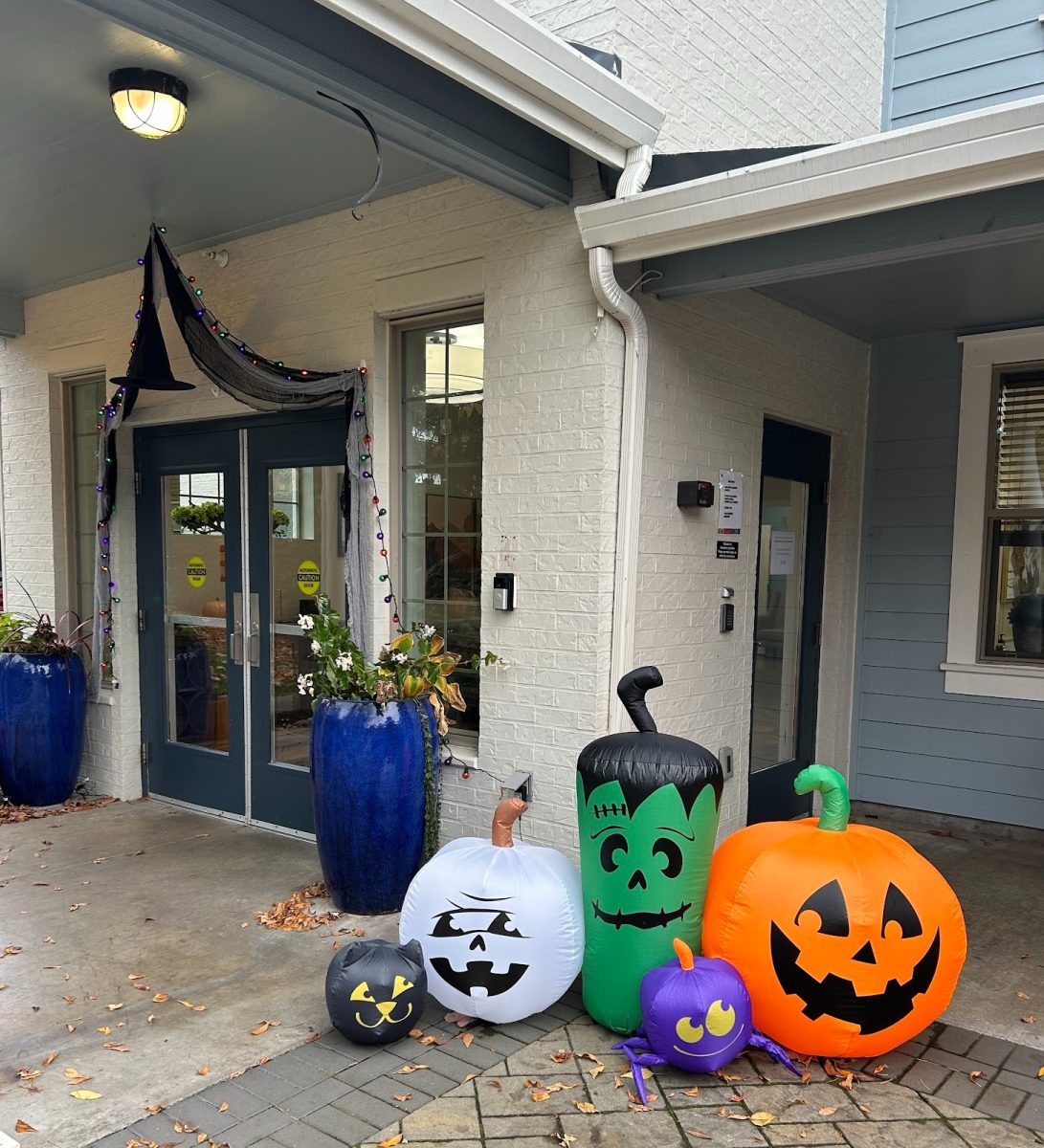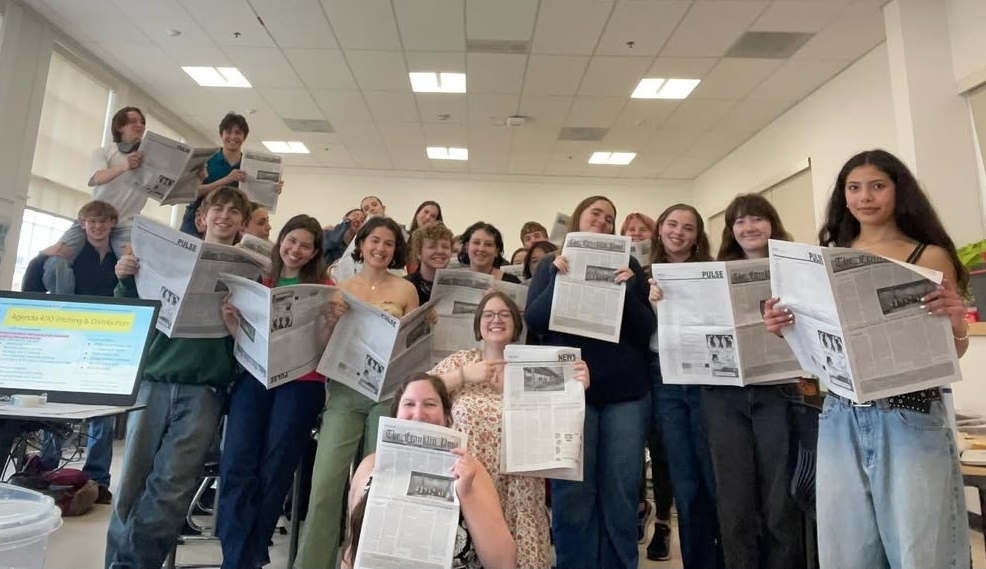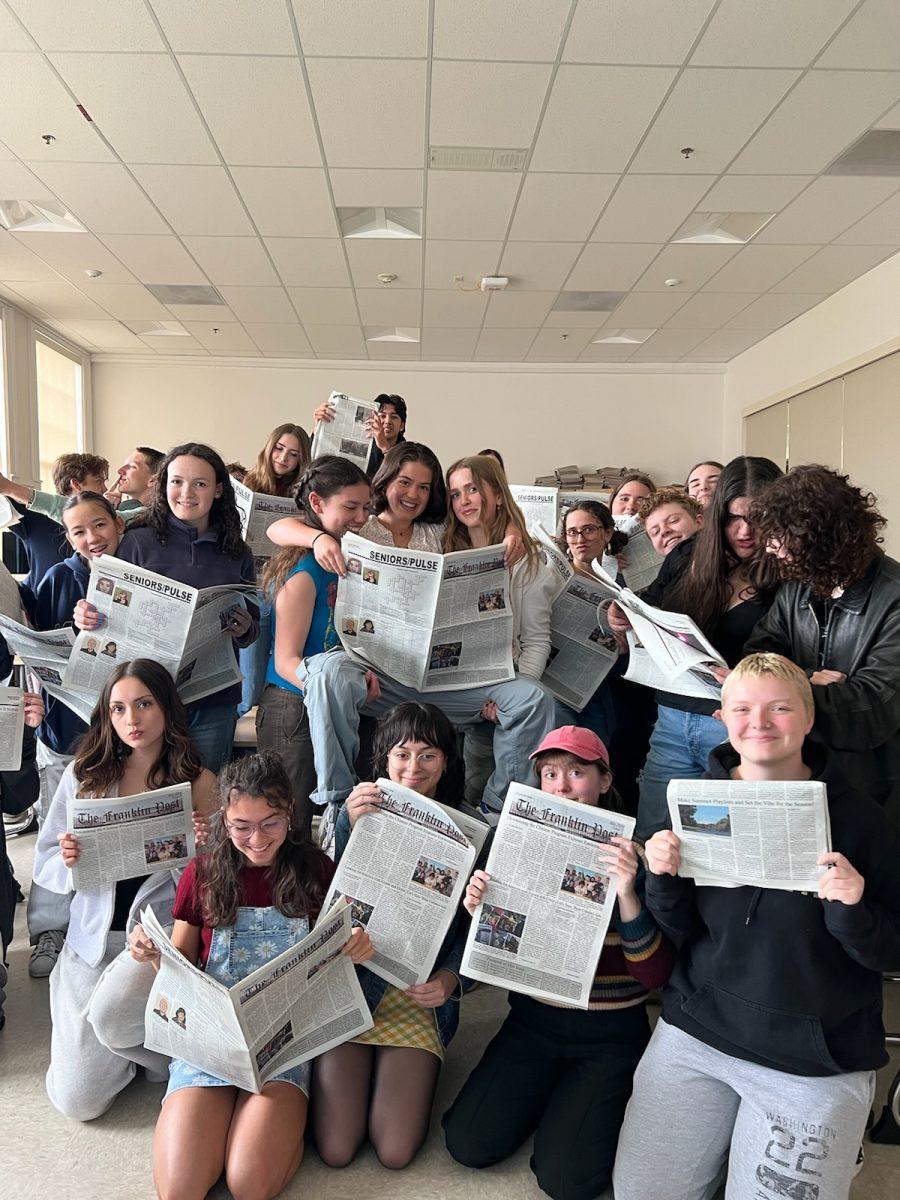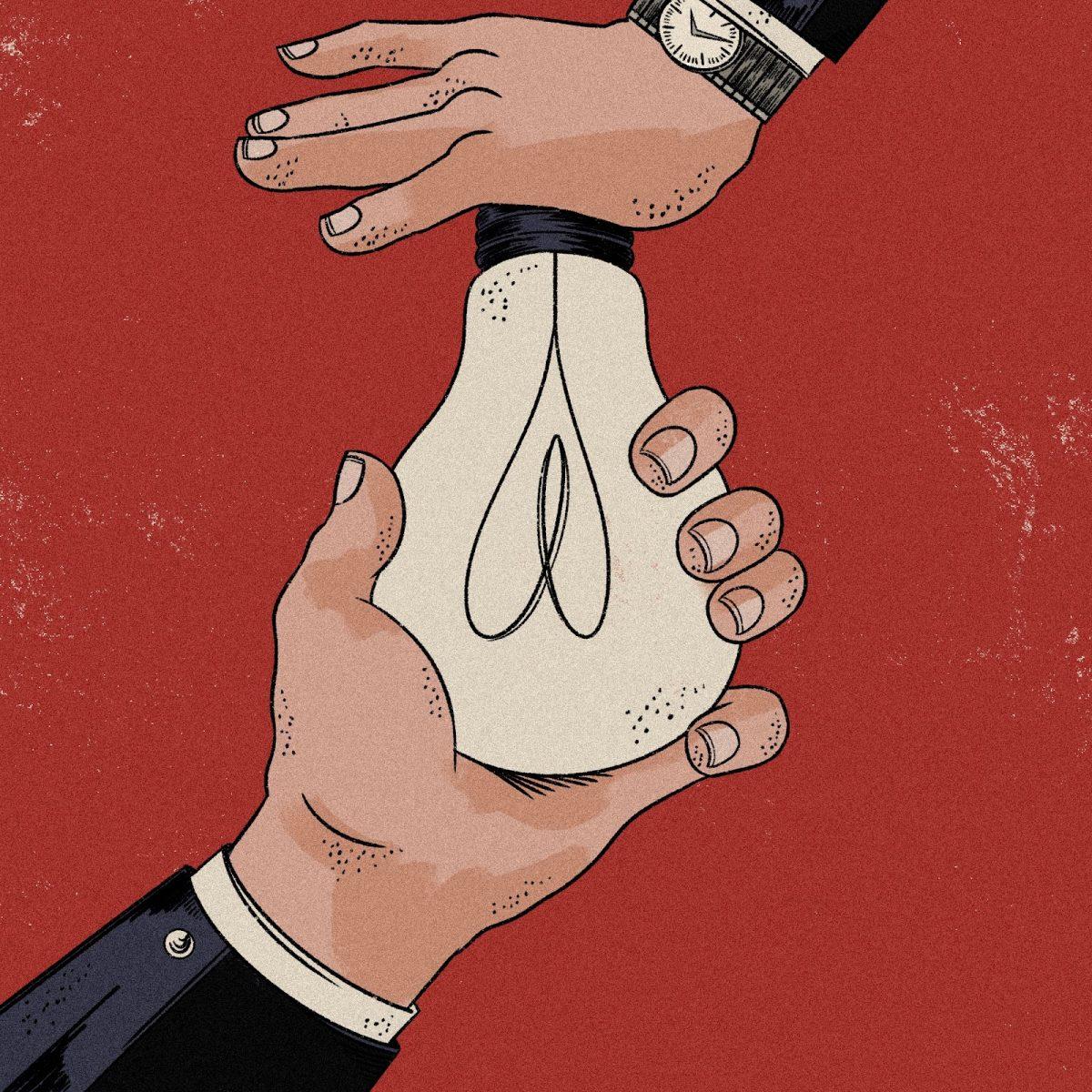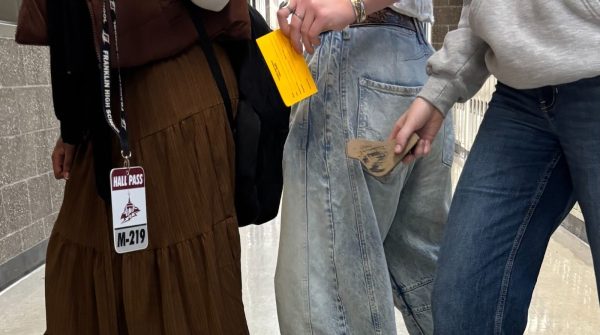
Once upon a time, the hall passes circulating throughout Franklin’s hallways may have been shockingly uniform: white plastic, rounded edges, marked with room numbers, and hung by a maroon lanyard. Today, the assortment of the original hall passes is increasingly interspersed with more creative, and often more visually appealing, alternatives.
Dan Silvernail, Franklin’s woodshop teacher, is among those utilizing an alternative to the original hall pass. “Right now, we use a wooden bird,” he says, rotating a small avian figure carved of light-colored wood in his hands. Silvernail, who previously used an Oregon-shaped wooden block as his hall pass, says he hasn’t used the standard hall pass since before the pandemic. “Nobody would bring the old ones back,” he explains. Since implementing an alternative hall pass, he has had better success in retaining the same pass.
On the other side of the school, social studies teacher Anna York has “learned [her] lesson” after a rocky implementation of an alternative hall pass this fall. York, who had previously never used an alternative hall pass in her classroom, had her teacher aides embellish her hall passes with gems. “The first one had an apple on it, and our room number, and it got stolen on the first day,” she recalls. “I went back and got a second one. It had a duck on it; it was bedazzled up. It got stolen in less than an hour.”
York’s hall passes are now “no more fun.” The practicality of an alternative hall pass depends entirely on the students’ willingness to respect it. Frankly, it’s more convenient for students and teachers alike when hall passes are taken and returned regularly. When a hall pass of any kind goes missing, a teacher might have to resort to using paper passes. York describes having to write these for every student who needs to leave the classroom as being “wasteful” of both materials and time.
Even as some disappear, alternative hall passes can still be spotted throughout the school. Franklin junior Kaliyah Mason thinks the normal hall passes are “kind of boring.” Though none of her teachers currently have a different kind of hall pass, she explains that she thinks alternative hall passes are “fun to carry around.”
While a glimpse of an alternative hall pass — whether it’s a jazzed-up take on the original, or simply a whole new object — might be a spark of joy in an otherwise bleak jaunt through the hallway, not all students are wholeheartedly amused. “Whatever’s there, that’s the pass,” says Silvernail of his students’ relative ambivalence regarding the hall pass.
At the end of the day, a hall pass might not mean anything more to you than a trip to the water fountain during class, a ticket to freedom for the few, fleeting minutes Franklin’s hall pass policy allows. But within the mundane, a spirit of fun has arisen; large protractors, artfully carved birds, and other items become a more creative but still everyday classroom object. Though hall passes as a whole continue to face theft, forgetfulness, and whatever other factors whisk them away from classrooms — perhaps a zealous scrapbooker? — they are ultimately part of the collective experience of being a Franklin student, and a source of small delight in an ordinary routine.

